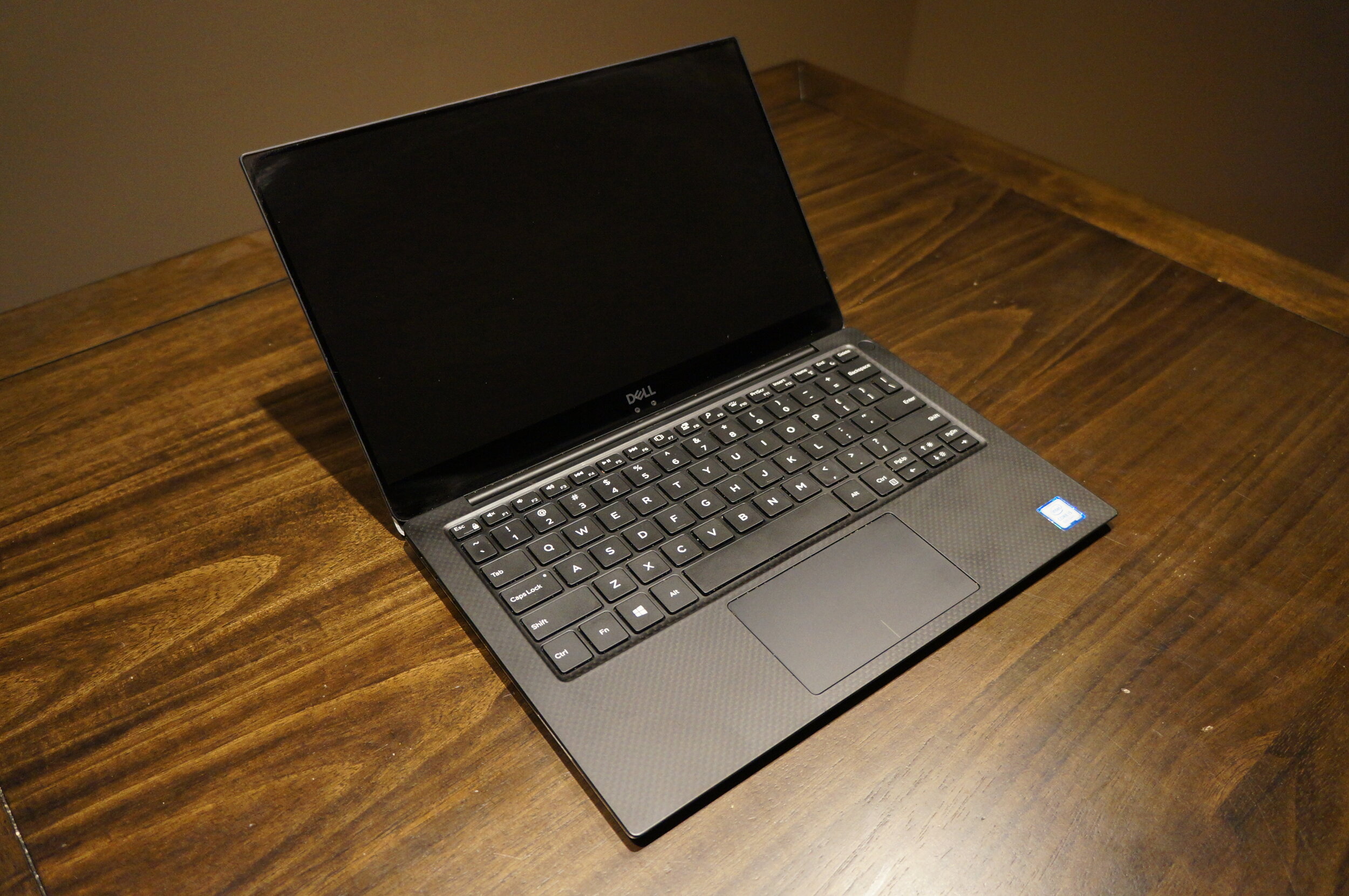Fitness tracking through wearable devices is a technology category that has exploded in popularity in recent years. Apple’s pivot of the Apple Watch to a fitness focused device is probably the highest profile example of this, but that product has only been part of the picture. Platforms from companies like Google, Samsung, Fitbit, Garmin, and Withings among others all have fitness tracking products of various kinds. Some are not much more than simple step counters, others are smartwatches with fitness features, and others are fitness focused devices that may have some smartwatch/device type features. As many people have focused on improving health and combating higher obesity rates, especially in North America, people are turning to fitness tracking devices to help in the quest to be healthier. The effectiveness of fitness trackers in that isn’t guaranteed, and actually making meaningful change depends on a lot more than strapping a watch to your wrist, but that is another topic entirely.
I bring this up because I recently saw an article from The Markup that talked about how inaccurate commercial fitness trackers are in many cases. Nothing in that article is incorrect, but in my opinion, it misses the point.
The theme of that article is that fitness trackers are calibrated to a certain type of person, usually male in a certain age range and height, and because of that the data from many fitness trackers does not fit the majority of people who may be buying them. I have no reason to dispute that, and I would agree that expanding datasets and making trackers more accurate is a good thing and something that the companies that make these devices need to invest in. But even without that, there are benefits in these trackers, and the numbers that they provide, as long as they are applied with context.
I’ve owned a smartwatch of one kind or another since 2013, switching between Pebble, Google, Samsung, and Fitbit ecosystems. Each smartwatch I’ve owned has varying capabilities, but all of them have included at least a basic step counter. The Samsung Galaxy Watch Active 2 currently on my wrist has an almost dizzying array of sensors and metrics. It can count steps, floors, and calories. It has a heartrate sensor, GPS and can track many kinds of workouts, and even track my sleep. Do I believe that the watch is 100% accurate in all of those data points? Absolutely not. But that doesn’t mean the data is useless, it just means that I need to understand how to interpret them.
Using steps as the easiest way to demonstrate this, if my watch tells me I walked 8000 steps in a day, I do not assume that means exactly 8000 steps. For all I know it could be 6000 steps, or 10000 steps. I would hope that it is closer to 8000 than 6000, but 8000 is a starting point. The following day if my tracker tells me that I walked 8100 steps, I don’t think that I was really more active than the prior day, 8000 and 8100 are within 3 percent of each other. I’d never consider that a more active day. But if the tracker tells me that I walked 9500 steps then I’d consider that a more active day. It might not be exactly 1500 steps more, but it’s a wide enough gap that even if the numbers aren’t accurate, I can safely assume I had a more active day.
The same can be said for most of the metrics and sensors on the device. Calorie count on these devices especially should be taken with a very large grain of salt, and using it as a relative measure is even more important. The only sensor I’ll call out as completely useless is the floor counter. I’ve found on almost every tracker I’ve owned that it isn’t even close to the number of floors I go up or down in a day. For example, 45 minutes on an elliptical trainer sometimes results in my watch telling me I wend up 50 flights of stairs, which will affect other metrics like the calorie count greatly. But since I know that, I take that in account when I’m looking at the history of my activity.
I like smartwatches. They definitely are not essential, but I’ve gotten used to wearing a watch again, and I do miss it when I don’t have It on. Activity tracking is a big part of why I wear one, and I do use the data as a guide on how active I am day to day. When I have a bad week, I make a conscious effort to be better the following week. The data I get from the watch is important to me. But I do not take the data as gospel. I check my expectations, and understand that the data probably isn’t accurate. But that’s ok. I’ve learned to use it as a relative measure, and for that purpose, it has served me well. Anyone looking for a smartwatch shouldn’t be looking for accuracy, but rather as something to help an overall program to help you be more active and generally lead a healthier life. With the right expectations, it can be a very useful tool, and one I have come to rely on.


